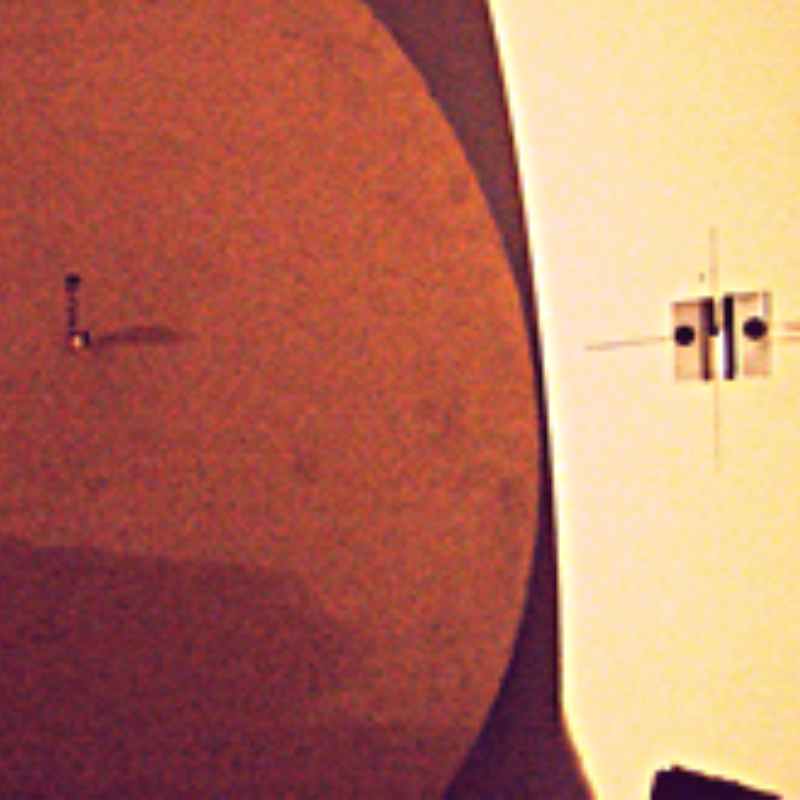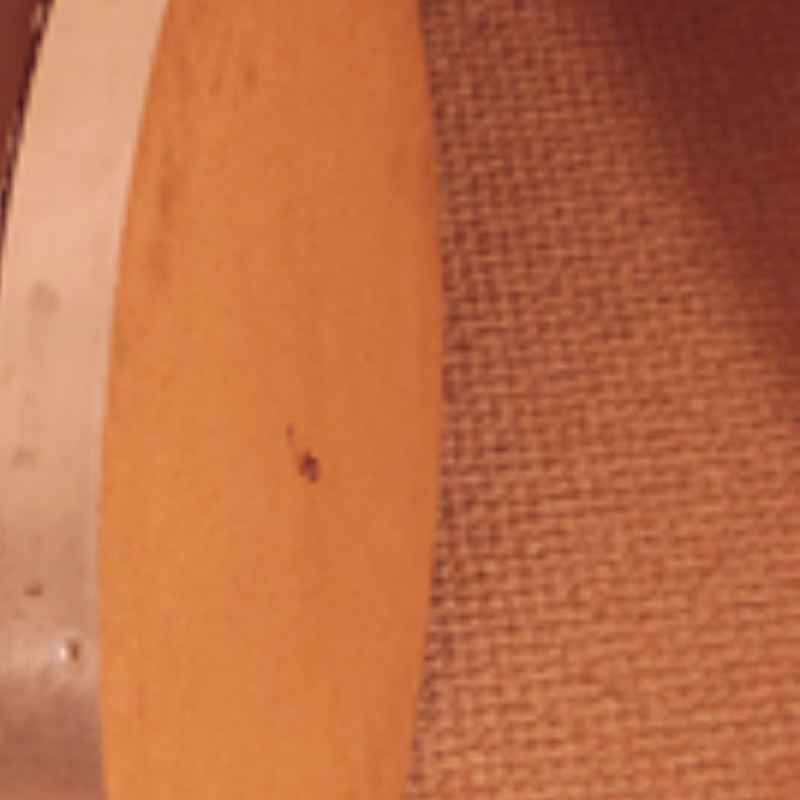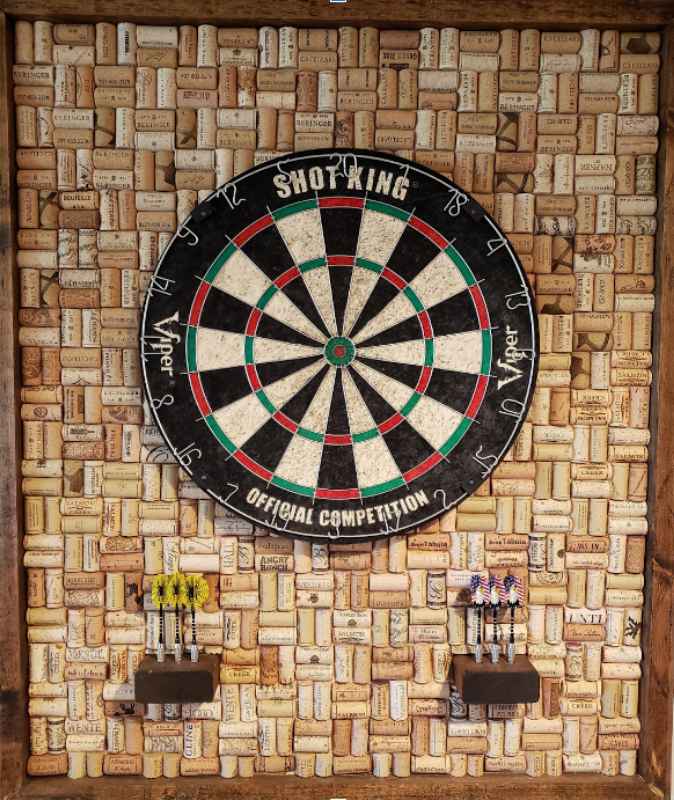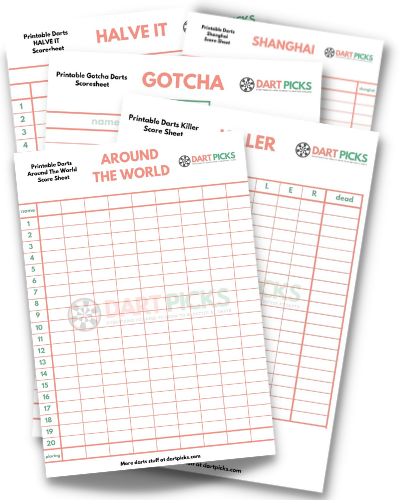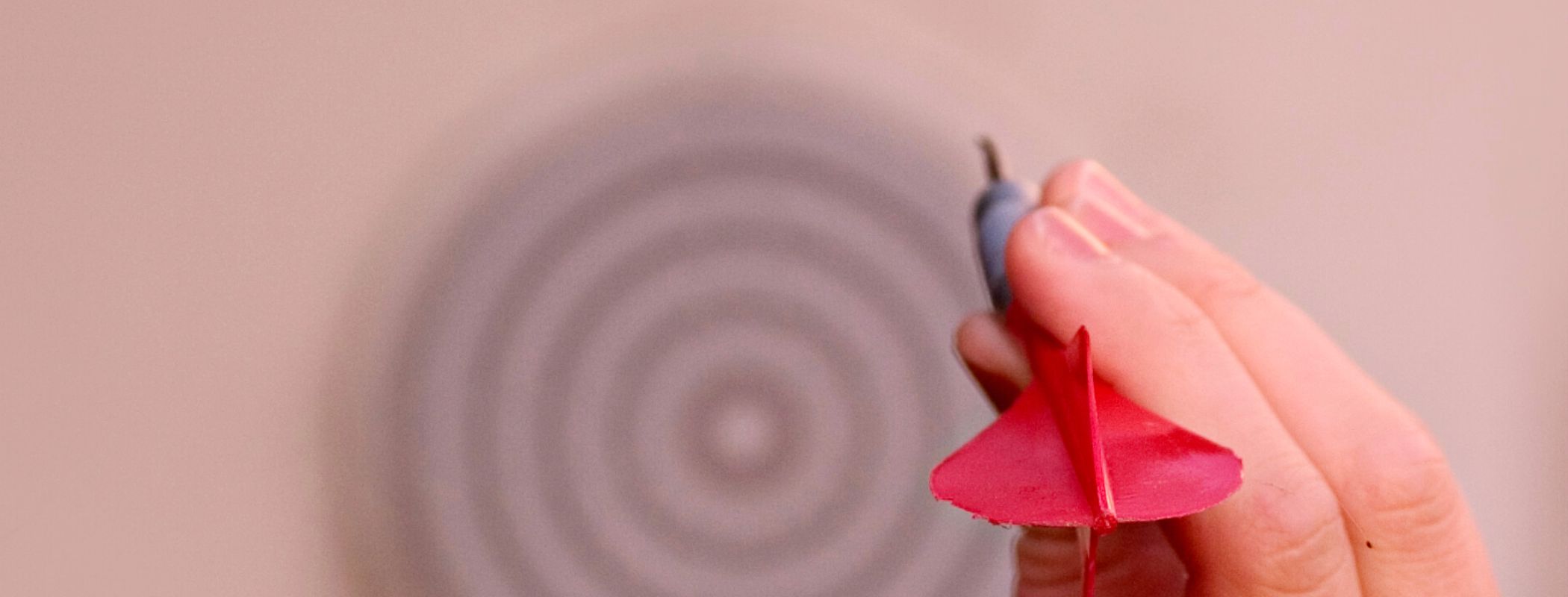When it comes to playing darts, the front side of the dartboard is what typically comes to mind. However, the backside of a dartboard is just as important and can have a significant impact on your playing experience.
Understanding the backside of a dartboard is essential to mounting it correctly and playing to the best of your abilities. In this article, we’ll be taking a deep dive into the backside of a dartboard and revealing everything you need to know, including what it looks like, why it’s important, and how to mount your dartboard for optimal performance. So, let’s get started!
Table of Contents
What Does the Backside of a Dartboard Look Like?
The backside of a dartboard is often overlooked, but it’s essential to understand its design and structure. The backside of a standard bristle dartboard is typically made from sisal fibers, which are tightly packed together to form the playing surface.
These fibers are bound by a thin layer of glue, which helps to keep the fibers in place and prevent them from falling out over time. The backside of the dartboard is typically smooth and flat, and it’s essential that it’s kept that way to ensure the board hangs correctly and the darts stick into the board properly.
Why is the Backside of a Dartboard Important?
The backside of a dartboard is important for several reasons. The first and most obvious is that it’s the side of the board that faces the wall when you mount it, so it’s crucial that it’s flat and smooth to ensure the board hangs correctly. A board that isn’t hanging straight will affect the accuracy of your throws and make it more difficult to score.
Additionally, if the backside of the board is rough or uneven, it can cause the darts to deflect or bounce off the board, which can be frustrating and affect your playing experience.
Another reason why the backside of a dartboard is important is that it can impact the durability of the board. If the backside of the board is rough or damaged, it can cause the sisal fibers on the front side of the board to become frayed or damaged over time. This can result in holes or gaps in the playing surface, making it more difficult to score and reducing the overall lifespan of the board.
Importance of Hanging a Dartboard Accurately
To play darts effectively, it’s essential that you hang your dartboard accurately. A board that’s hanging at an angle will affect the accuracy of your throws and make it more difficult to score. Additionally, if the board isn’t level, it can cause the darts to deflect or bounce off the board, making it more difficult to play.
When hanging your dartboard, it’s essential to measure the height and distance from the board to the throw line accurately. This will ensure that you’re playing within the official regulations and that your scores will be recognized in competition.
The importance of hanging your dartboard accurately extends beyond just the playing experience. A dartboard that’s hanging at an angle or that isn’t level can also cause damage to the backside of the board, which can impact the overall durability of the board. A well-mounted board that hangs straight and level will last longer and provide a better playing experience.
The Importance of the Back of a Dartboard for Mounting
The back of a dartboard (backside of a dartboard) is essential for mounting the board correctly. When mounting your dartboard,you want to ensure that the backside is flat and smooth and that there are no rough spots or damage to the board. This will help to ensure that the board hangs straight and level, which will improve the accuracy of your throws and prolong the lifespan of the board.
One of the key factors to consider when mounting a dartboard is to choose the right type of wall to hang it on. A soft wall, such as drywall or plaster, is not ideal for hanging a dartboard as it can’t support the weight of the board and the darts. Instead, you should hang your dartboard on a solid wall, such as brick or concrete, to ensure that it’s secure and won’t move when you’re playing.
Additionally, it’s important to use the right type of hardware to hang your dartboard. The hardware should be designed for the specific weight and size of the board, and it should be strong enough to support the board and the darts. You should also use hardware that’s specifically designed for hanging a dartboard, as regular hardware may not be strong enough to support the weight and can cause the board to move or come loose.
Playing darts is all fun and games until you start to notice the damage. All those stray and hard-hitting darts can cause irreparable damage to the wall surrounding your dartboard. So, what do you place on the backside of a dartboard to stop this from happening?
Can You Screw into the Back of a Dartboard?
No, you should never screw into the back of a dartboard. The back of a dartboard is made of sisal fibers, which are tightly compacted to create a dense and durable surface for the darts to stick into. If you screw into the back of the board, you will damage the sisal fibers and create a weak spot that will affect the accuracy of your throws and potentially damage the board.
Additionally, screwing into the back of the board can also affect the balance and stability of the board, which can cause it to move or come loose.
Instead of screwing into the back of the board, you should always use hardware that’s specifically designed for hanging a dartboard. This hardware will be strong enough to support the weight of the board and the darts, and it won’t damage the board or affect the accuracy of your throws. By using the right hardware, you can ensure that your dartboard is securely mounted and will last for many years.
How Big Should a Dartboard Backing Be?
The size of the backing on a dartboard is not as important as the quality of the backing and the way that it’s mounted. However, it’s generally recommended that the backing should be at least 1 inch larger than the diameter of the board itself. This will help to prevent the darts from bouncing off the board and will also provide a more stable surface for the board to be mounted on.
In addition to the size of the backing, it’s also important to consider the material that the backing is made of. A backing made of dense and durable material, such as cardboard or cork, will provide a solid surface for the board to be mounted on and will help to reduce the amount of noise generated by the darts hitting the board.
Ultimately, the size and quality of the backing on a dartboard is a personal choice that will depend on your preferences and the conditions of your playing space. Whether you prefer a large and sturdy backing or a smaller and more lightweight option, the important thing is to ensure that the backing is strong and stable enough to support the board and the darts.
Types of Dartboard Back Boards
Let’s look at a few options for mounting the backside of your dartboard to various backings.
A Cork Dartboard Backer
As its name suggests, this dartboard’s backside is made up of cork. Cork is made from the same material that is found on champagne bottles.
The backer has multiple corks stuck together into a board that is placed on a wall before you sting up your dartboard.
Incidentally, cork is sometimes used to make dartboards. However, the material wears out quickly when the board is used heavily.
But, as a backside, a cork dartboard backer is perfect. It is thick enough to protect the wall, penetrable enough to prevent darts from falling off the board, and it can last long because the darts don’t strike it directly.
A Dart Cabinet
A dart cabinet also makes a handy backboard for a dartboard. This equipment is an actual cabinet with flap doors that open outwards. It is mostly softwood and has the dartboard fixed at its center.
The flipping doors of the cabinet provide great scoreboards, and they protect your dartboard from the elements when it’s not in use.
A Dartboard Surround
A dartboard surround is a circular material whose circumference is wider than that of a dartboard.
When a dartboard is placed on a dartboard surround, the equipment leaves a ring around the dartboard that prevents stray darts from hitting the wall.
Most dartboard surrounds are made of foam material.
Wooden Pallets
The wooden pallets that make furniture double up as fantastic dartboard backings.
You can nail a pallet into the wall and then place a dartboard on top of it.
This ensures no dart will hit the wall, and if done neatly, it can add to the aesthetic feel of your dart gaming area.
Felt Tiles
Felt tiles are a nice option as they provide versatility in placement. With a little creativity, you can design your own shapes and use as many as is necessary to cover the required area that needs protecting.
Felt tiles are an effective option to use behind a dartboard to protect walls because they provide a soft, cushioning surface for the darts to hit, reducing the force of impact and preventing the darts from damaging the wall.
They are also relatively inexpensive and easy to install, making them a practical choice for protecting walls from dartboard use.
Additionally, felt tiles are available in a variety of colors and designs, allowing you to choose one that matches your decor and adds a decorative touch to your dartboard setup. Overall, felt tiles are a smart and affordable option for protecting your walls from dartboard use.
Next, check out our article on how to hang a dartboard.
How Do You Hang a Dartboard Without Damaging the Wall?
Hanging a dartboard can be a great way to add a fun and interactive activity to your home, but it’s important to do it in a way that won’t damage your walls. The most important step in hanging a dartboard without damaging the wall is to choose the right hardware. Look for hardware that’s specifically designed for hanging a dartboard and that will provide a secure and stable mounting surface.
In addition to using the right hardware, it’s also important to follow the manufacturer’s instructions carefully when hanging the board. Make sure to locate the studs in the wall and use those as the mounting points for the board. This will help to ensure that the board is securely mounted and will prevent it from coming loose or falling off the wall.
If you’re hanging the board on a drywall surface, it’s also a good idea to use wall anchors to provide additional support. Wall anchors will help to distribute the weight of the board evenly across the wall and will prevent the drywall from cracking or breaking.
Dartboard Backside
In conclusion, the backside of a dartboard is just as important as the front side when it comes to playing darts. Understanding the design and structure of the backside of a dartboard, as well as the importance of hanging it accurately, will help you to improve your playing experience and ensure that your board lasts for many years. Taking the time to understand the backside of a dartboard is essential to getting the most out of your playing experience.
Want to hang a dartboard outside? Read this next.
Sources
https://darthelp.com/articles/what-is-a-dartboard-made-of/
https://www.youtube.com/watch?v=SXJNPzq1hSQ
Sue has been playing darts since her 20’s when she played in weekly tournaments and she enjoys writing about darts. She’s also a great teacher, and she enjoys helping others learn how to play the game well. When Sue isn’t throwing darts, she enjoys spending time with her family and friends.
The easy way to keep track of your score is with our printable darts scoresheets. Easy to download and keep on your phone or computer or print straight off from our website. Pop your email address into the box and we'll send them straight to you.

